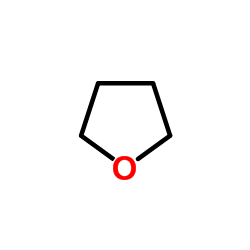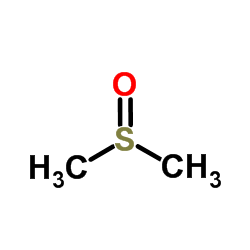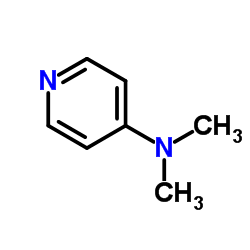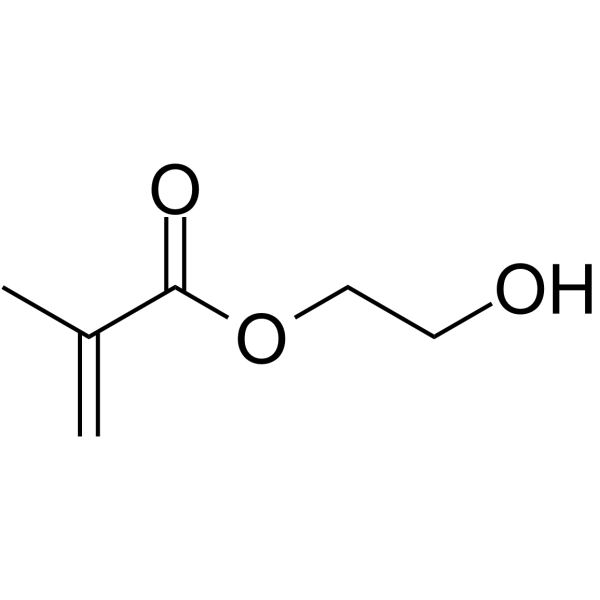| Structure | Name/CAS No. | Articles |
|---|---|---|
 |
sucrose
CAS:57-50-1 |
|
 |
thf
CAS:109-99-9 |
|
 |
Dimethyl sulfoxide
CAS:67-68-5 |
|
 |
ethyl acetate
CAS:141-78-6 |
|
 |
Mequinol
CAS:150-76-5 |
|
 |
4-Dimethylaminopyridine
CAS:1122-58-3 |
|
 |
2-Hydroxyethyl methacrylate
CAS:868-77-9 |
|
 |
8-Octanoyloxypyrene-1,3,6-trisulfonic acid trisodium salt
CAS:115787-84-3 |